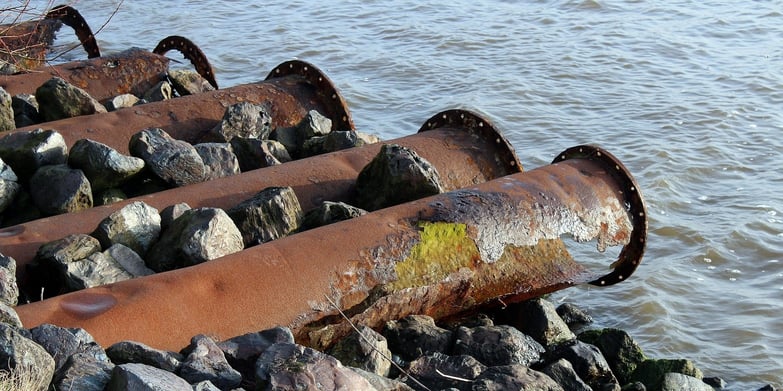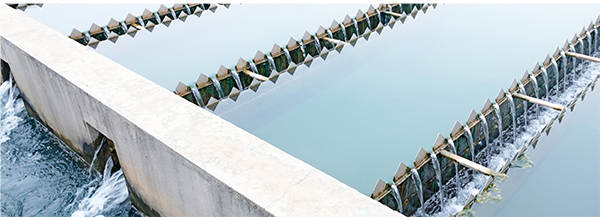
Do you need to do pH and DO testing in your aeration tank?
Wastewater operators often need to do this validation. We recently had an operator ask us from help in this area.
Aeration Tank Maintenance in Wastewater Treatment
One of the primary goals of wastewater treatment is to remove nutrients from the water being treated. This is achieved by using a combination of biological and chemical treatments. Municipal, agricultural, and industrial wastes contain high levels of nitrogen and are among the largest contributors of nutrient pollution in wastewater treatment plants.
The majority of nitrogen removal occurs in the aeration tank where nitrogen-rich wastewater undergoes a series of oxidative-reductive processes. These processes use microbes to break down and convert organic nitrogen to ammonium, then to nitrite, and finally to nitrate in a process called nitrification.
Since nitrification is a microbial driven process, monitoring the environment in the aeration tank is critical for maintaining sufficient microbe population as well as verifying treatment efficiency. A calculated amount of oxygen is added to the tank to ensure optimal oxygen levels are present for nitrification and break down of waste. Also, the operation of the aeration pumps is costly, making the aeration tank step the most expensive step in the wastewater treatment process.

Although a variety of analyses are performed in the aeration tank to ensure ideal conditions, the two most important parameters in the aeration tank are pH and dissolved oxygen (DO).
The pH of the aeration tank should be between 6.5-8.5 to avoid stress on the microbial community and for optimal biological activity.
Dissolved oxygen levels in the aeration tank must be maintained at 1-3 mg/L for effective treatment. Low levels of DO will result in the death of the microbial biomass, which is timely and expensive to reestablish. Because the operation of the aeration pumps is so costly, DO levels exceeding 3 mg/L suggest a wasteful use of resources. Excess levels of DO also encourage the growth of unwanted filamentous bacteria; these bacteria compete with and inhibit the beneficial bacteria, reducing treatment efficiency.
Later, nitrate may be converted to nitrogen gas under anaerobic conditions as a tertiary treatment. This step is called denitrification. This reaction happens using a different set of microorganisms under anaerobic conditions. In this case, the dissolved oxygen levels must be close to zero for the microorganisms to denitrify correctly.
A Portable Meter for pH and DO Analysis in Aeration Tanks
A wastewater operator contacted Hanna Instruments looking for a portable solution for testing pH and dissolved oxygen in their aeration tank.
The wastewater plant was measuring their pH in real time as well as monitoring and controlling their aeration pumps with a DO controller, but needed new portable equipment to validate their process measurements.
Hanna Instruments recommended the HI98196 Portable pH and DO Meter.

The HI98196 is a waterproof portable multiparameter meter with a multisensor probe.
The probe features two sensor inputs: a potentiometric input for either a pH or pH/ORP sensor, and a dissolved oxygen input for a galvanic DO sensor.
HI98196 Benefits for the Operator
Available ORP and Temperature
The operator liked the ability to measure ORP in addition to pH and DO, as ORP is often used to monitor the nitrification process in aeration tanks. The wastewater operator was pleased that they could simultaneously measure and view pH, ORP, DO, and temperature with one instrument.
Weighted Probe
The HI98196 probe has a weighted shield to protect the sensors and ensure the probe sinks within the tank, allowing the operators to easily take measurements at various depths.
Quick Start up Time
The galvanic DO probe was appreciated as it has a quick start up time, unlike their previous polarographic DO probe which required 10-15 minutes to polarize before calibration and measurement could be performed.
The HI98196 provided a durable, accurate, and convenient solution for taking measurements in their aeration tank.
That's why we've dedicated our blog as a helpful resource for you to use! Catch up on the latest products, explore industry trends, discover testing tips, learn how to improve results, and more. Got questions? Email sales@hannainst.com.

